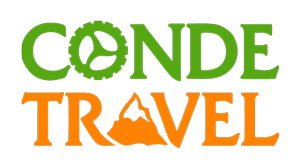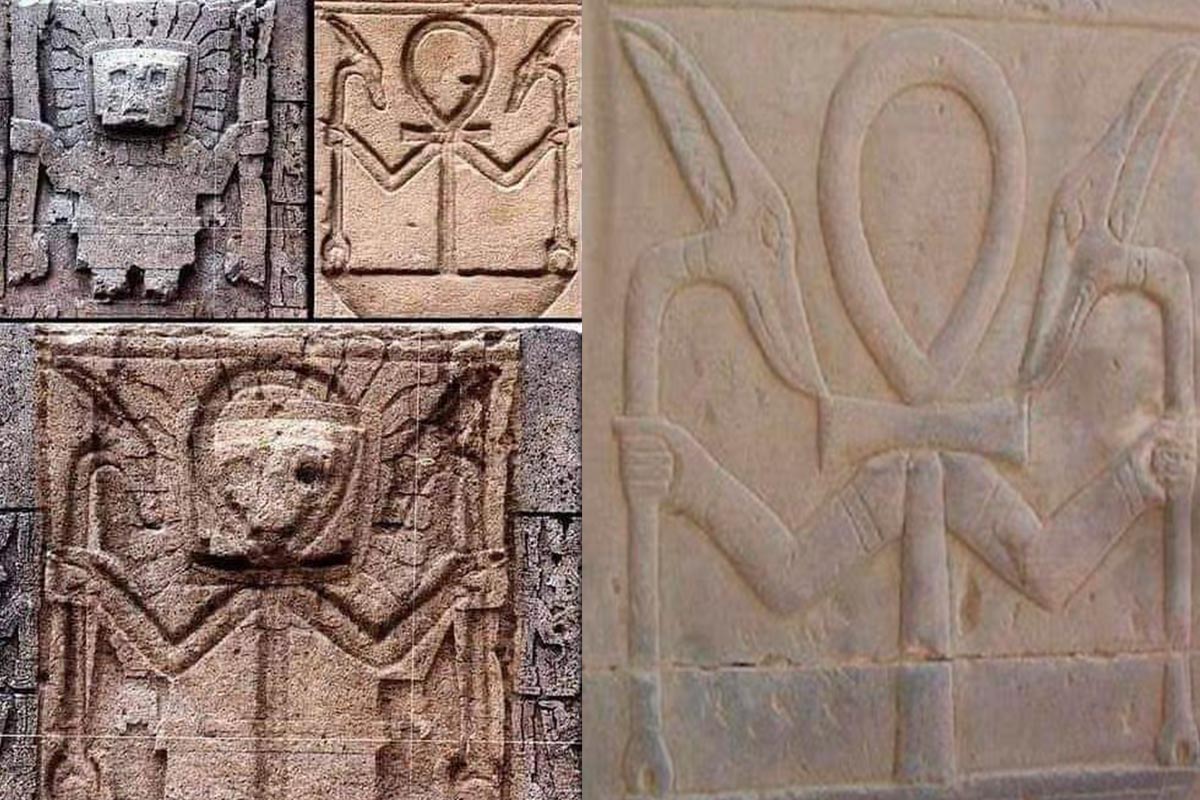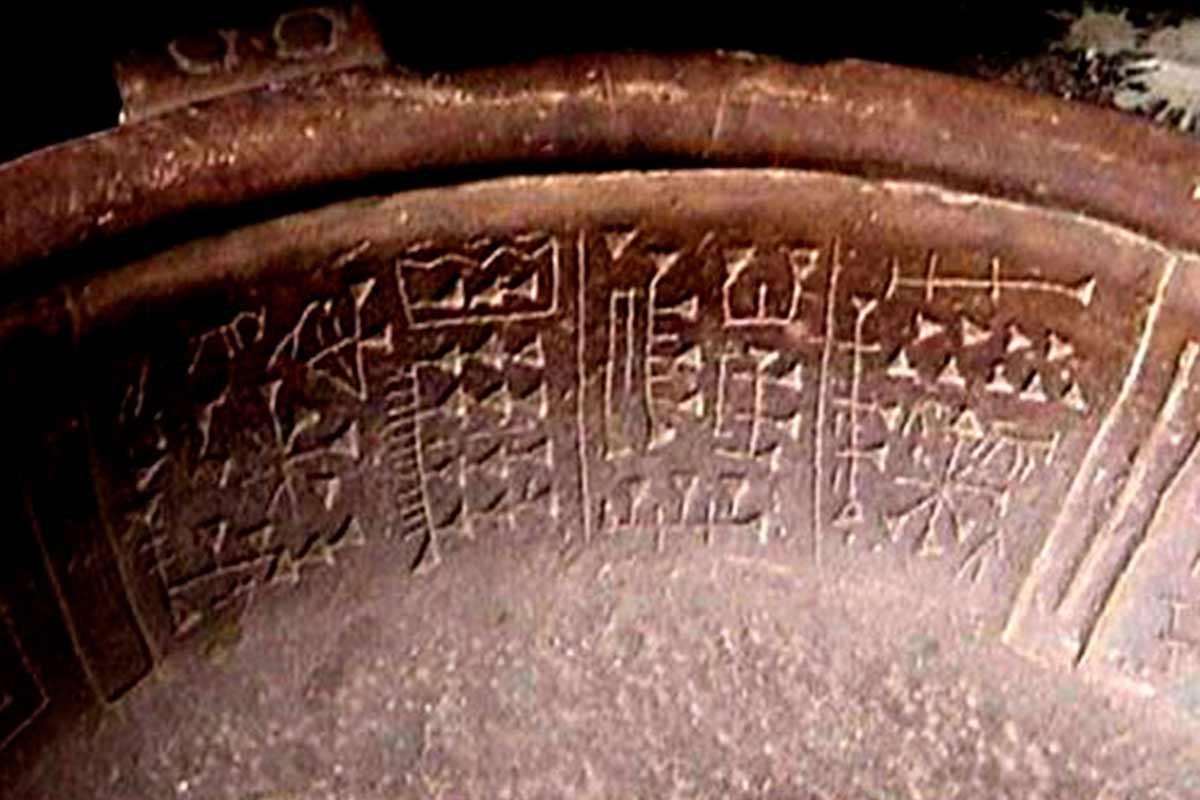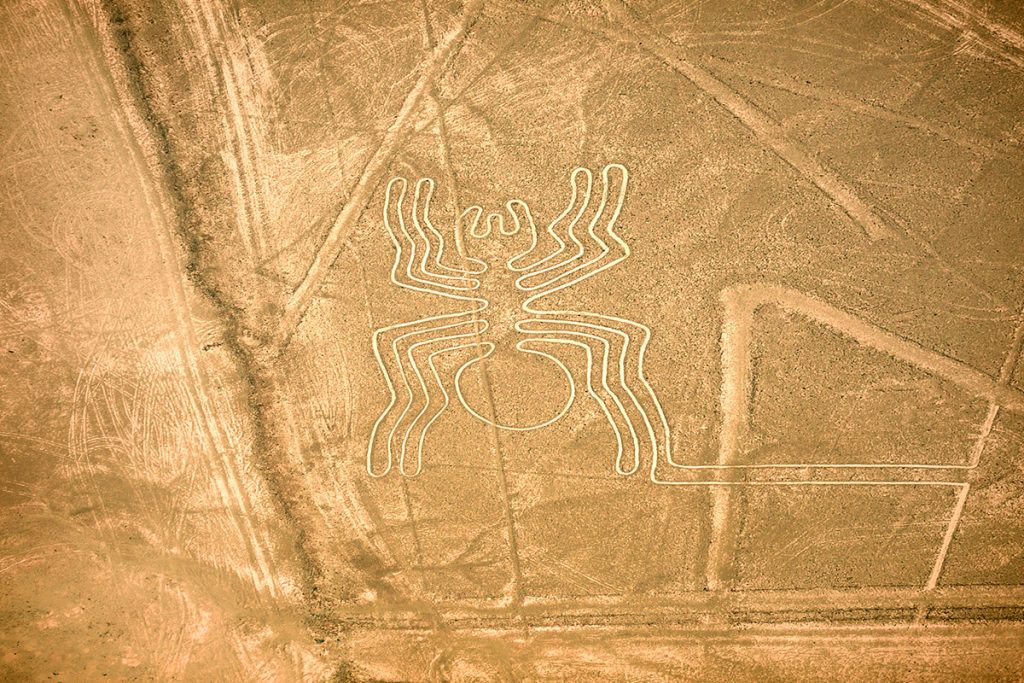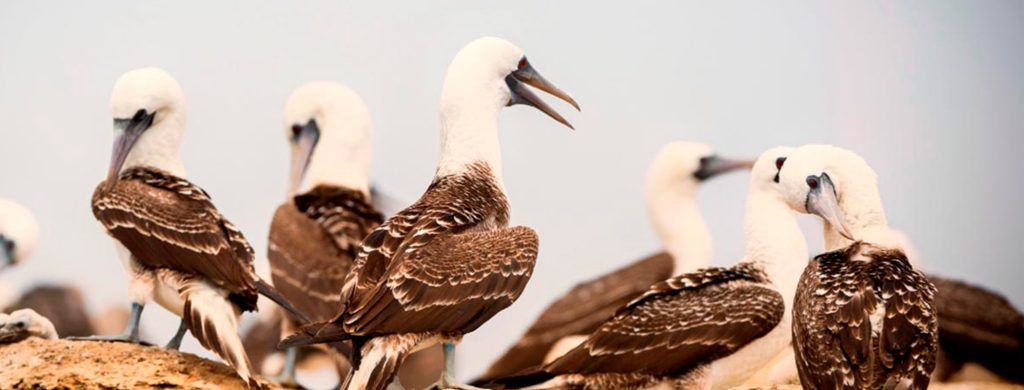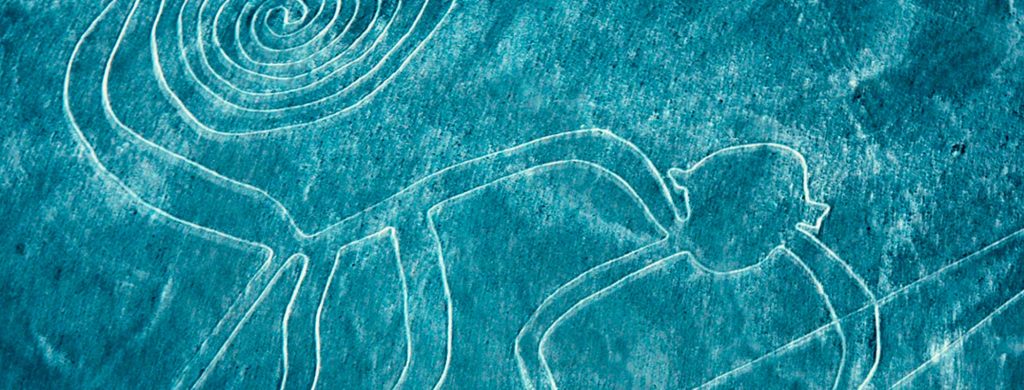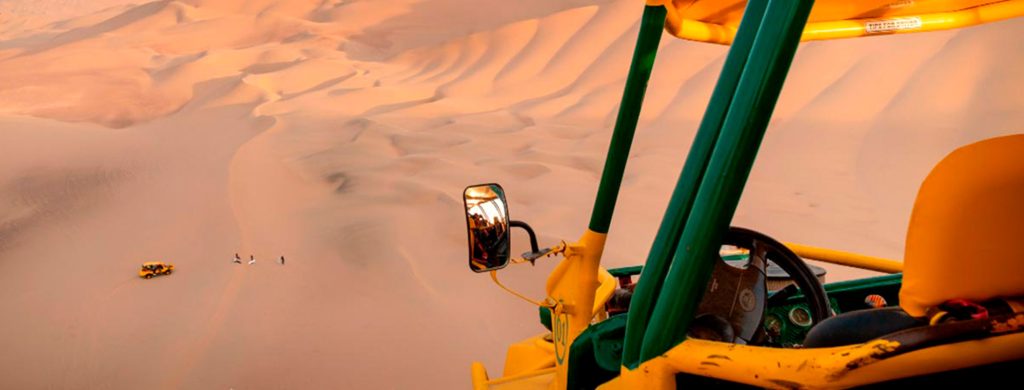The enigmatic connections between Peru’s ancient civilizations and Sumerian culture have fascinated historians and archaeologists for decades. Delve into Peru’s rich history and discover the fascinating web of ancient Sumerian connections.
Explore the enigmatic links between these civilizations and discover echoes of Sumerian influence in Peru’s archaeological wonders, cultural practices and beliefs.
From the intriguing artifacts of the Fuente Magna to the similarities in pyramidal structures and ceremonial rituals, familiarize yourself with the landscape of Sumerian connections in Peru. Embark on an exploration of the tantalizing links that bind these ancient worlds together, offering a deeper understanding of Peru’s historical heritage and its connections to the cradle of civilization.
The origins
In the heart of Peru lies an artifact that stirs debate and awe: the Fuente Magna, an ancient ceramic bowl discovered in the highlands of Bolivia. What makes this discovery remarkable is the inscription engraved on its surface, written in what appears to be a Sumerian script. The mere possibility that this artifact could symbolize a source of contact or even influence between Sumeria and Peru has given rise to fervent speculation.
Statue of the Sumerian Goddess in Ecuador
Adding to this mystique is the presence of a statue of a Sumerian goddess discovered in Ecuador. This artifact, which resembles Sumerian representations of their deities, raises intriguing questions about its journey to South America. Its discovery suggests an exchange of ideas, goods or perhaps even migrations that could have occurred between these distant lands.
Unsettling architectural similarities
The alarming presence of pyramidal structures in Sumeria as well as Peru adds only greater complexity to this mind-boggling phenomenon. Although their architectural styles differ, the conceptual resemblance between the ziggurats of ancient Mesopotamia and the step pyramids of Peru, such as those at Caral-Supe, hints at possible shared influences or knowledge.
Sun worship and deific parallels
Across time and a variety of cultures, veneration of the sun as a divine entity emerges as a commonality. The Sumerians held Utu, the sun god, in high esteem, while in Peru, the Inca civilization worshiped Inti, the sun god. Such parallels imply a shared fascination or ideological alignment with respect to celestial reverence.
Mummification and ritual practices
Another intriguing connection lies in funerary practices. Both the ancient Sumerians and the Peruvians practiced mummification, albeit with different methods and beliefs. Similarities in the preservation of the deceased could indicate a common understanding of the afterlife or, perhaps, a cultural exchange.
Coca leaves and funerary rituals
Although the discovery of coca leaves in Egyptian tombs may seem distant from the Andean highlands, this botanical connection suggests possible commercial or cultural interactions between ancient civilizations. The presence of these leaves proposes a network of exchange that transcended geographical boundaries.
The enigma of linguistic commonalities
One of the most convincing yet, also, controversial aspects of this could-be connection is the linguistic commonalities. Certain scholars sustain that the similarities between words in Sumerian and those from languages pertaining to Andean regions evoke a more profound link. Likewise, there are others who oppose forming premature conclusions, insisting the need for a more rigorous linguistic analysis.
Celestial alignments and technological marvels
One element that sparks curiosity is the precision of the astronomic alignments detected in both Sumerian and Peruvian constructions. Ranging from the celestial alignments of the ziggurat Sumerians to the intricate calendar systems of the Peruvians, notably that of Machu Picchu, the parallels encountered are likely illustrate a profound comprehension of the celestial world or the presence of shared knowledge.
Commercial networks and maritime expeditions
Theories abound about possible trade routes or even transoceanic voyages that facilitated cultural exchanges between these distant civilizations. Some propose that ancient maritime capabilities enabled contact between the Mediterranean and South America, fostering the exchange of knowledge, goods and beliefs.
Genetic and biological links
Recent studies exploring genetic markers at ancient remains hint at possible genetic connections between populations in these regions. These findings fuel further debate about human migration patterns and the possibility of early transcontinental interactions.
Ethnobotanical exchanges and healing traditions
The discovery of common plants like coca leaves at distant burial sites indicates that, beyond the exchange of goods, there was certainly information sharing concerning medicinal and ritual practices.
Deciphering the enigma
The mystery surrounding these possible connections continues to intrigue researchers, prompting collaboration across various fields. Archaeologists, linguists, geneticists, as well as historians are working together to assemble pieces of evidence in hopes of uncovering a clear narrative that reveals the extent of interaction between ancient Sumerians and Peru.
Gods of Creation: Wiracocha and the Ankh
Wiracocha, the Inca god of creation, and the Ankh, the ancient Egyptian symbol of life, both embody concepts of creation and life, even though they proceed from distinct cultures. Wiracocha is honored for creating the world and introducing civilization, while the Ankh symbolizes life and immortality and is often depicted in the hands of gods like Ra, Isis, and Osiris. Both the deity and the symbol reflect their respective cultures’ deep reverence for life and order, and they hold significant spiritual meaning.
Monolith of Pokotia
The enigmatic Monolith of Pokotia adds only another layer of intrigue to the ancient Sumerian connections in Peru. Discovered in the highlands of Bolivia, this ancient monolith bears uncanny resemblances to Sumerian representations and symbols, which sparked numerous debate about possible trans-oceanic influences.
A fascinating linguistic link emerges through the Sumerian deity En-Ki, whose phonetic resemblance to the term “Inka” has piqued the interest of scholars. This linguistic parallel has fueled debates about possible connections between Sumerian civilization and the Inca Empire, suggesting a deeper historical relationship than previously imagined.
Tiahuanaco, the ancient archaeological site of Bolivia, facilitates yet another nexus to Sumerian connections. Its intricate masonry and advanced engineering marvels reflect the architectural precision and celestial alignments reminiscent of Sumerian constructions.
The enticing linguistic links and echoes of cultural and architectural similarities uniting Sumeria and sites such as Tiahuanaco further intensify the conundrum surrounding intercontinental exchanges and possible influences between these distant civilizations.
The aforementioned discoveries and linguistic links give rise to academic debate, and encourage a deeper exploration of the historic interactions and cultural diffusion that may have occurred amidst ancient Sumeria and the civilizations of Peru, inviting us to reconsider the delicate web of human connections that have stretched across distance and time.
Caral, a remnant of ancient Sumerian connections in Peru
Certainly, incorporating the ancient city of Caral adds another layer of depth to the tapestry of connections evident among distant civilizations.
The mysterious city of Caral, which was established over 5,000 years ago in what is now Peru, is among the oldest urban centers in the Americas. Its ancient origins challenge traditional views of urban development and raise intriguing questions about its potential links to other ancient civilizations, such as Sumeria.
Architectural significance and urban planning
The architectural craftsmanship shown in Caral’s imposing structures, namely pyramids and plazas, resembles the grandeur seen in Sumerian ziggurats. In addition, the sophisticated urban planning and extensive design of Caral (its centralized architecture and wide plazas) draw intriguing parallels with the inception of urban design depicted in ancient Mesopotamia.
Echoes of civilization
Despite the geographical distance that separates Caral from the cradle of Sumerian civilization, certain elements reverberate between the two. Shared architectural motifs, sophisticated social structures and the emergence of complex societies raise the possibility of concurrent social developments or influences.
Cultural significance and symbolism
The discovery of certain artifacts in Caral, such as quipus (knotting cords used for record-keeping), or musical instruments, validate the existence of a clearly sophisticated society with communication systems and mediums of cultural expression, whose likeliness to other artifacts discovered in ancient Sumerian sites warrant further exploration.
A brain teaser
Caral’s existence as a prosperous urban center poses a challenge to the archetypal narratives established belonging to societal development in the Americas. In particular, its antiquity and sophistication probe questions into the possible interconnections between ancient cultures worldwide.
Weaving the threads of history
The inclusion of Caral in the discourse on possible links between Sumer and Peru adds a crucial piece to the intricate puzzle of ancient civilisations. The presence of this ancient city, which is a testament to human ingenuity and social advancement, leads us to reconsider the narrative of isolated developments in human history.
As explorations and discoveries continue to shed light on the ancient world, Caral serves as a beacon of enquiry, inspiring researchers to delve deeper into humanity’s shared history. Its existence challenges us to take a broader perspective, one that considers the possibility of interconnectedness between civilizations, transcending geographical and temporal boundaries.
The enigma of Caral’s antiquity and its possible connections with distant civilisations invite us to explore further, fostering a deeper understanding of our shared human heritage and the intricate tapestry of our past.
